TL;DR
HRMS software automates and streamlines HR tasks like recruitment, onboarding, payroll, and performance management, saving time, reducing errors, and boosting employee engagement. It ensures compliance, enhances data security, and provides real-time analytics, helping businesses stay agile and competitive.
Imagine running a business where your HR team isn’t buried under piles of paperwork or scrambling to fix payroll errors. Sounds like a dream, right? In today’s fast-paced, competitive world, companies are racing to streamline operations and stay ahead. One area ripe for transformation is human resource management. Manual HR tasks—like endless forms, repetitive data entry, and time-consuming admin work—are slow, error-prone, and expensive. Enter Human Resource Management Software (HRMS), a game-changing tool that automates and simplifies HR processes, saving time and boosting efficiency. If you’re an HR professional or business owner looking to level up, this article is for you. Let’s dive into the top 10 benefits of HRMS software and how it can revolutionize your business with practical, easy-to-follow insights.

1. Streamline Recruitment to Hire Top Talent Faster
Hiring the right people is critical, but manual recruitment processes can be a nightmare. HRMS software transforms hiring by consolidating job postings, applicant tracking, and resume screening into one intuitive platform. Tools like AI-powered candidate matching and automated screening help you quickly identify top talent, while integrations with job boards like Indeed or LinkedIn simplify posting. For example, platforms like Workable or BambooHR let you manage the entire hiring pipeline from a single dashboard, cutting down on email chaos and misplaced resumes. This speeds up recruitment, improves accuracy, and enhances your employer brand by creating a professional candidate experience.
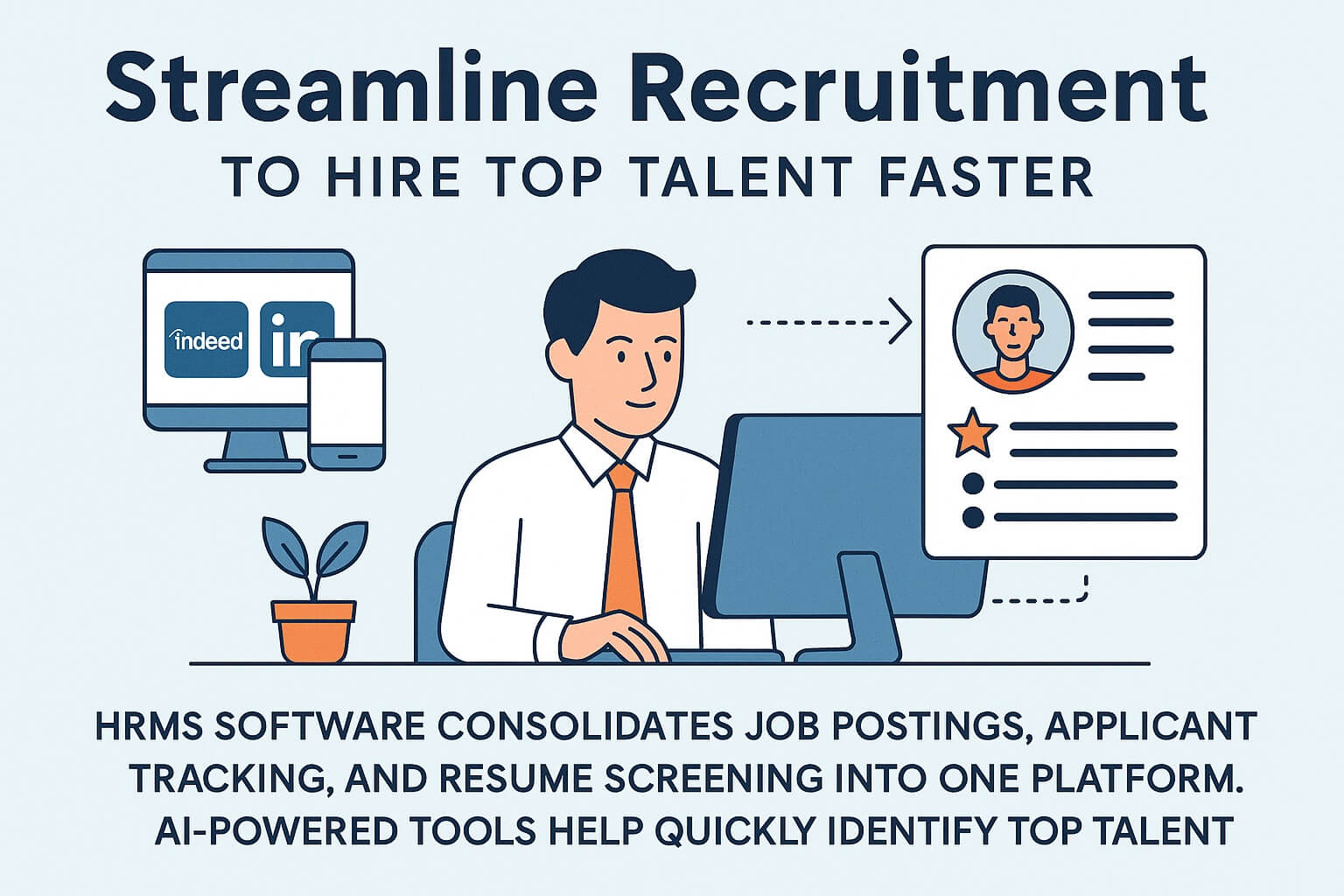
2. Simplify Onboarding and Offboarding for Smooth Transitions
Onboarding new hires and offboarding departing employees can be logistical headaches. HRMS software makes both processes seamless. For onboarding, it automates tasks like generating digital forms, assigning training modules, and sending welcome emails. Features like e-signatures (available in tools like Zenefits or Gusto) let new hires complete paperwork before their first day, ensuring they’re productive from the start. For offboarding, HRMS creates automated checklists to ensure ex-employees return company property (like laptops or keycards) and have system access revoked promptly. This reduces errors, saves time, and keeps transitions professional and secure.

3. Boost Employee Engagement with Self-Service Tools
Engaged employees are more productive and less likely to leave, but keeping them motivated requires effort. HRMS software fosters engagement through self-service portals, where employees can access pay stubs, update personal details, or request time off without involving HR. Performance dashboards and goal-tracking tools provide real-time feedback, helping employees stay aligned with company objectives. Social collaboration features, like those in ADP or Namely, allow teams to share updates, recognize achievements, or collaborate on projects, building a sense of community—especially for remote or hybrid teams. These tools empower employees, increase transparency, and create a positive workplace culture.
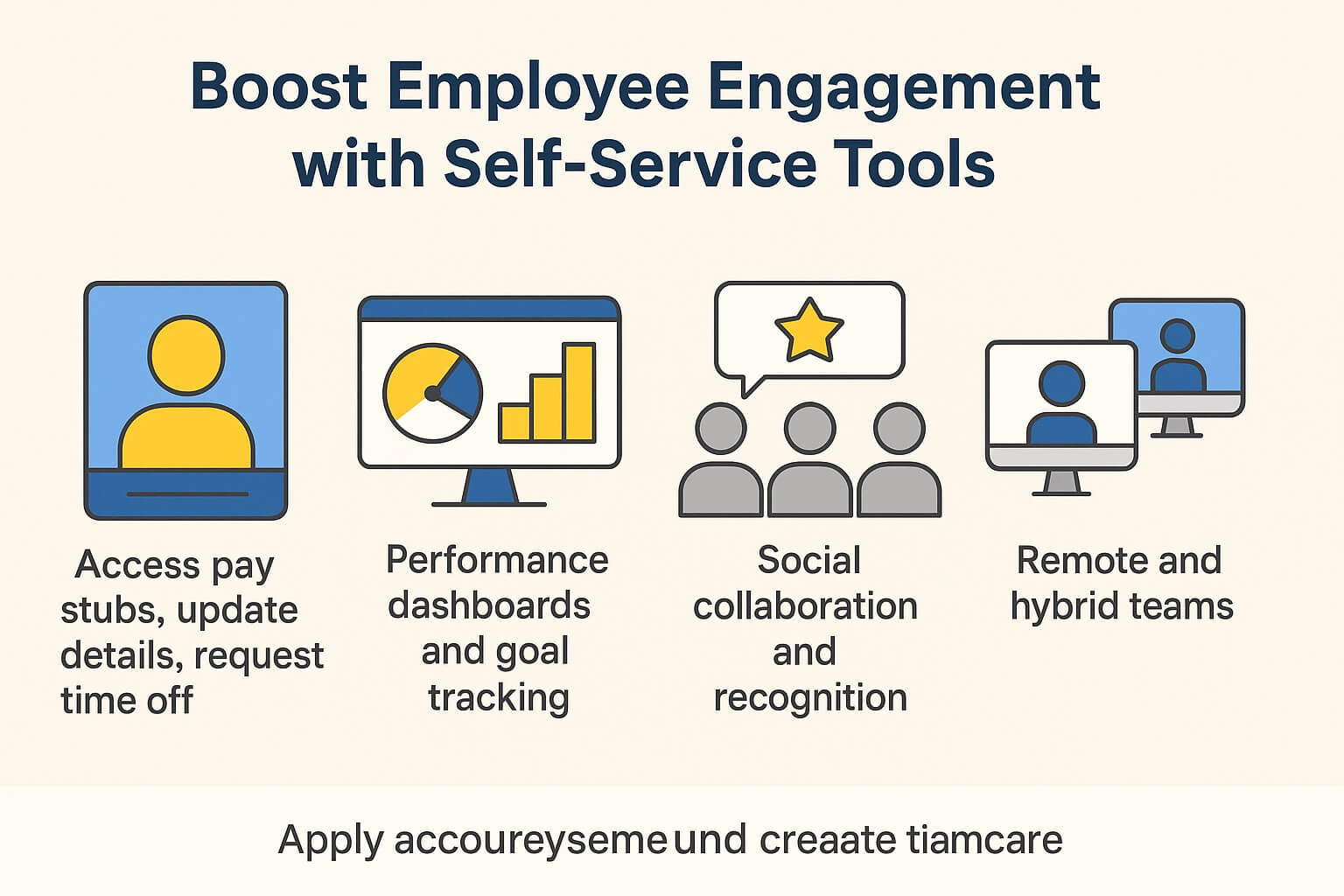
4. Streamline Performance Management for Growth
Effective performance management drives employee development and business success, but manual reviews are time-consuming and inconsistent. HRMS software automates performance tracking with real-time data on KPIs, goals, and feedback. Managers can use customizable templates for fair, consistent reviews, while employees gain clarity on their progress. Platforms like SAP SuccessFactors or Zoho People offer 360-degree feedback, incorporating input from peers, managers, and even clients. This data-driven approach helps you make informed decisions about promotions, raises, or training, fostering a culture of growth and accountability.

5. Gain Real-Time Insights with HR Analytics
Data is a powerful tool for decision-making, and HRMS software delivers real-time HR analytics to keep you ahead. It tracks metrics like employee engagement, turnover rates, absenteeism, and productivity, giving you a clear view of your workforce’s health. For example, if you notice high turnover in one department, you can dig into the data to identify causes and act quickly. Platforms like Dayforce or PeopleSoft offer customizable dashboards to monitor trends, helping you address skills gaps, plan for growth, or refine retention strategies. These insights ensure your business stays agile and responsive to market changes.
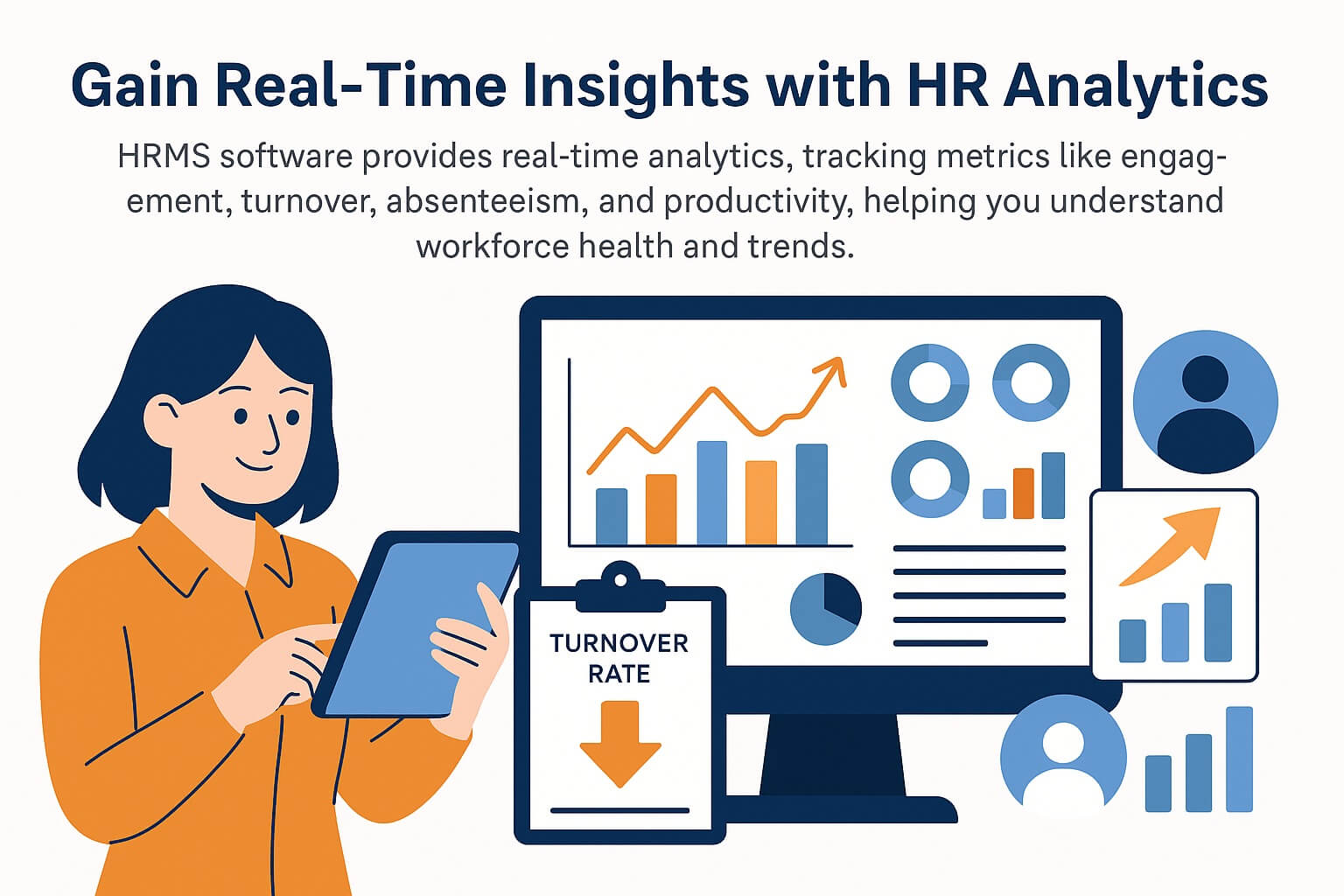
6. Ensure Compliance with Labor Laws and Regulations
Navigating complex labor laws, tax regulations, and industry standards is a must, but it’s no easy feat. HRMS software simplifies compliance by automating tasks like tracking employee hours, calculating overtime, and generating accurate tax reports. It also stores records securely for easy access during audits. For businesses operating across multiple regions, platforms like Paylocity or Rippling adapt to local regulations, such as minimum wage or paid leave requirements. Automatic updates keep you informed of legal changes, reducing the risk of costly fines or legal issues and letting you focus on running your business.
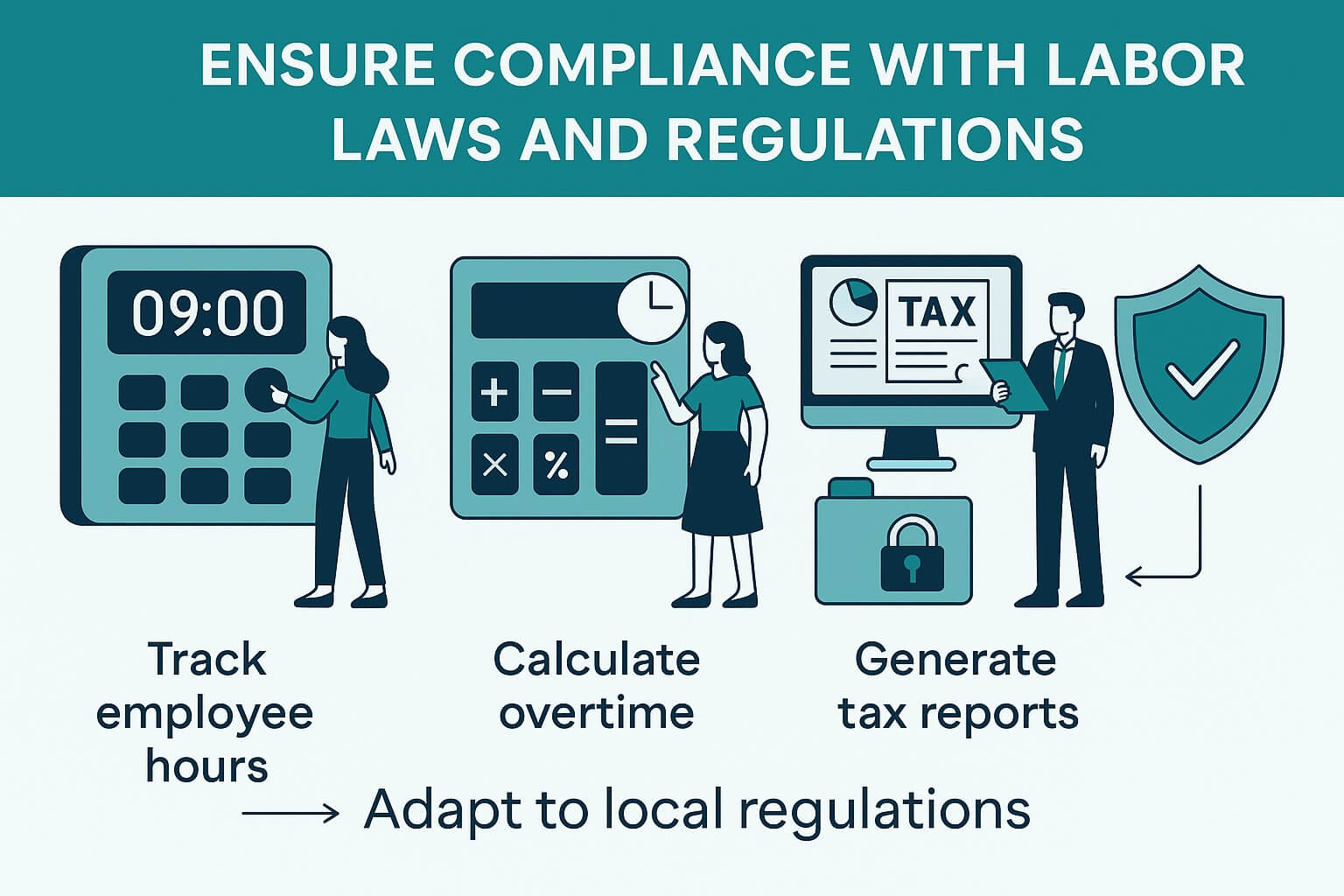
7. Reduce Errors and Boost Efficiency
Manual HR tasks—like entering timesheet data or calculating payroll—are prone to mistakes that can frustrate employees and cost money. HRMS software automates repetitive tasks, slashing the chance of errors. For instance, integrating time-tracking tools with HRMS (as seen in Kronos or UltiPro) ensures accurate payroll data without manual input. This boosts efficiency, freeing your HR team to focus on strategic tasks like talent development or employee engagement. Fewer errors mean happier employees and a smoother operation overall.
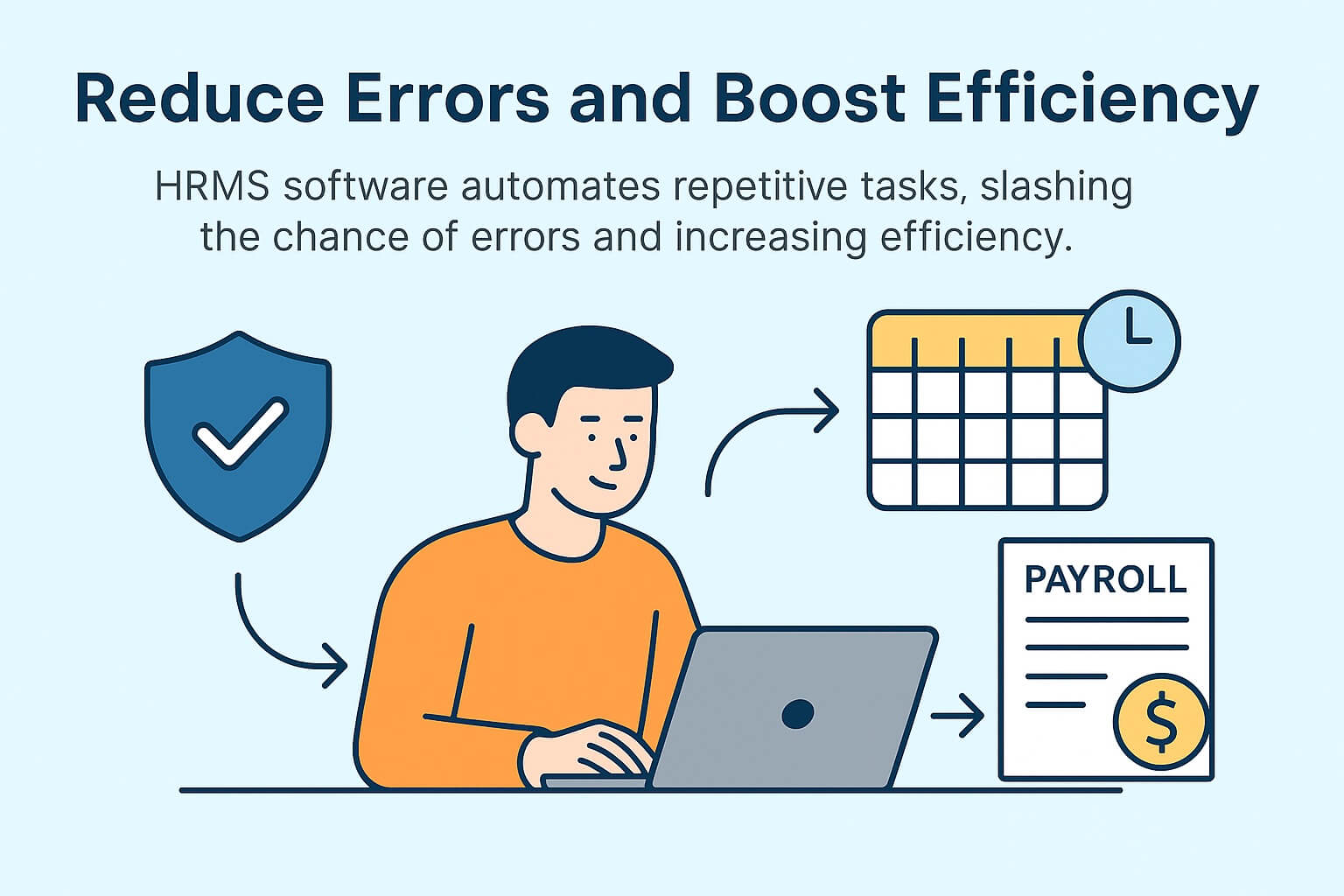
8. Enhance Data Security for Peace of Mind
Protecting sensitive employee data—like Social Security numbers, bank details, or performance reviews—is critical. HRMS software uses advanced encryption, secure cloud storage, and role-based access to keep information safe. Only authorized users can access confidential data, reducing the risk of leaks. Automation also eliminates risks like lost paperwork or misplaced files. Platforms like Triad or Oracle HCM Cloud offer features like multi-factor authentication and regular backups, ensuring your data is protected against breaches or system failures. With HRMS, you can trust your employee information is secure.
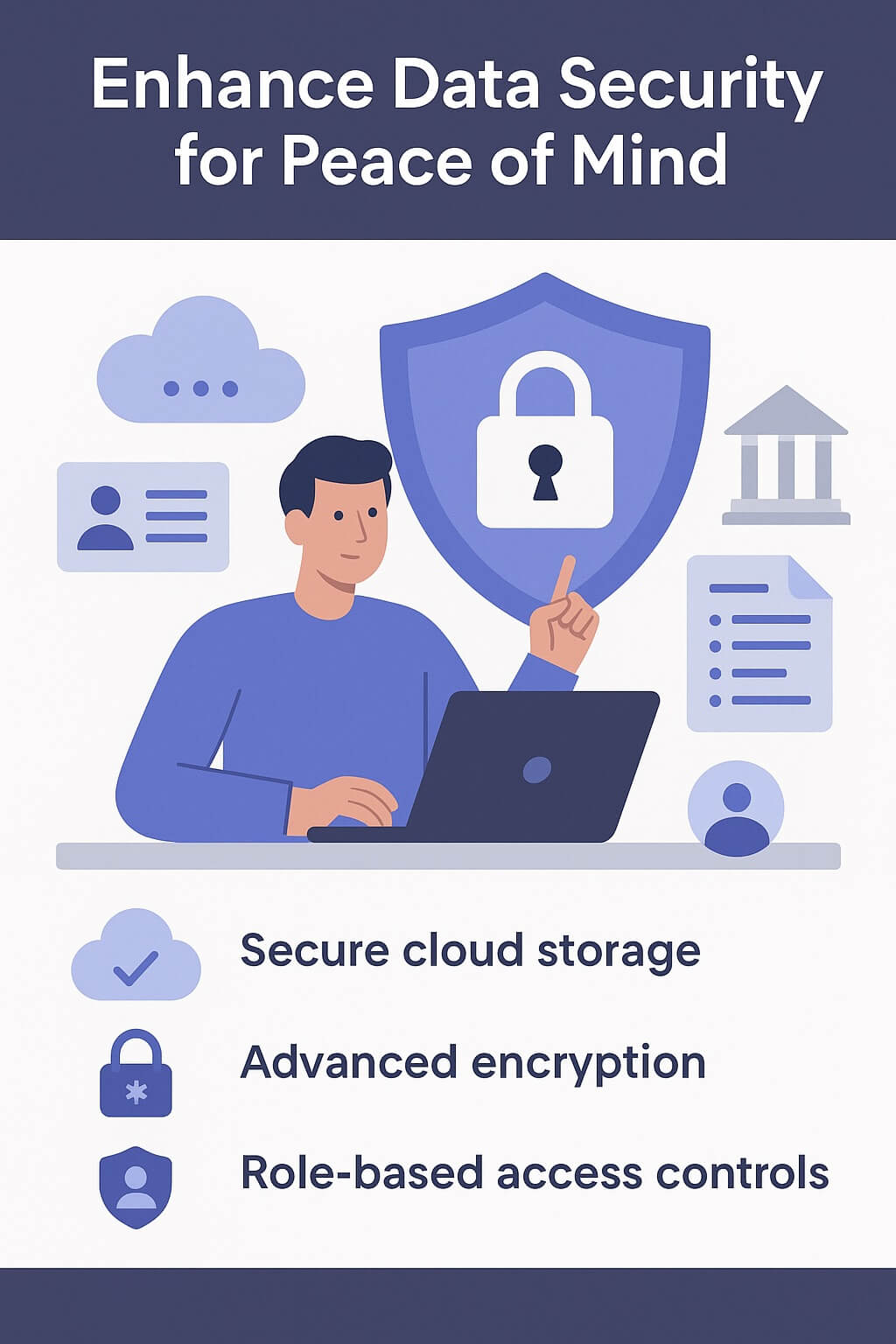
9. Simplify Payroll with HRMS Payroll Features
Payroll is one of the most complex HR tasks, but HRMS payroll features make it a breeze. These tools automate salary calculations, deductions, benefits management, and tax filings, ensuring accuracy and timeliness. They also keep you compliant with tax laws and labor regulations, reducing the risk of penalties. For example, platforms like Paycom or QuickBooks Payroll integrate with accounting systems, streamlining financial reconciliation. Automated payroll saves hours of manual work, reduces errors, and builds trust with employees by ensuring they’re paid correctly and on time.
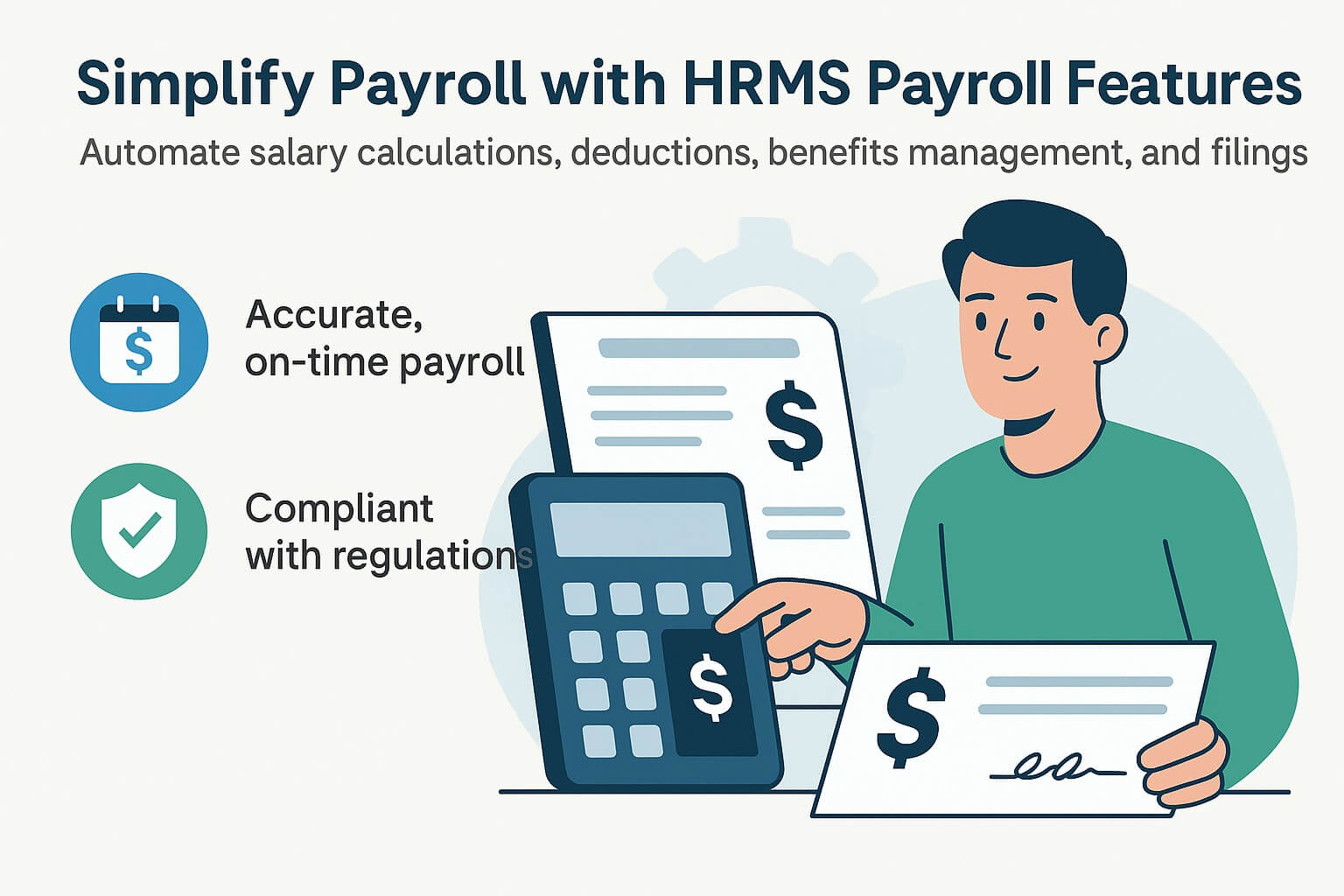
10. Improve Business Agility for a Competitive Edge
In a rapidly changing market, agility is key to staying competitive. HRMS software provides real-time insights to identify talent gaps, develop skills, and adapt to new challenges. For example, if you’re launching a new product, HRMS can pinpoint employees ready for upskilling or recommend hiring priorities. Analytics also help you refine retention strategies to keep top talent in a tight labor market. By streamlining HR processes, platforms like BambooHR or SAP SuccessFactors free up time for strategic planning, ensuring your business can pivot quickly to meet customer demands or market shifts.
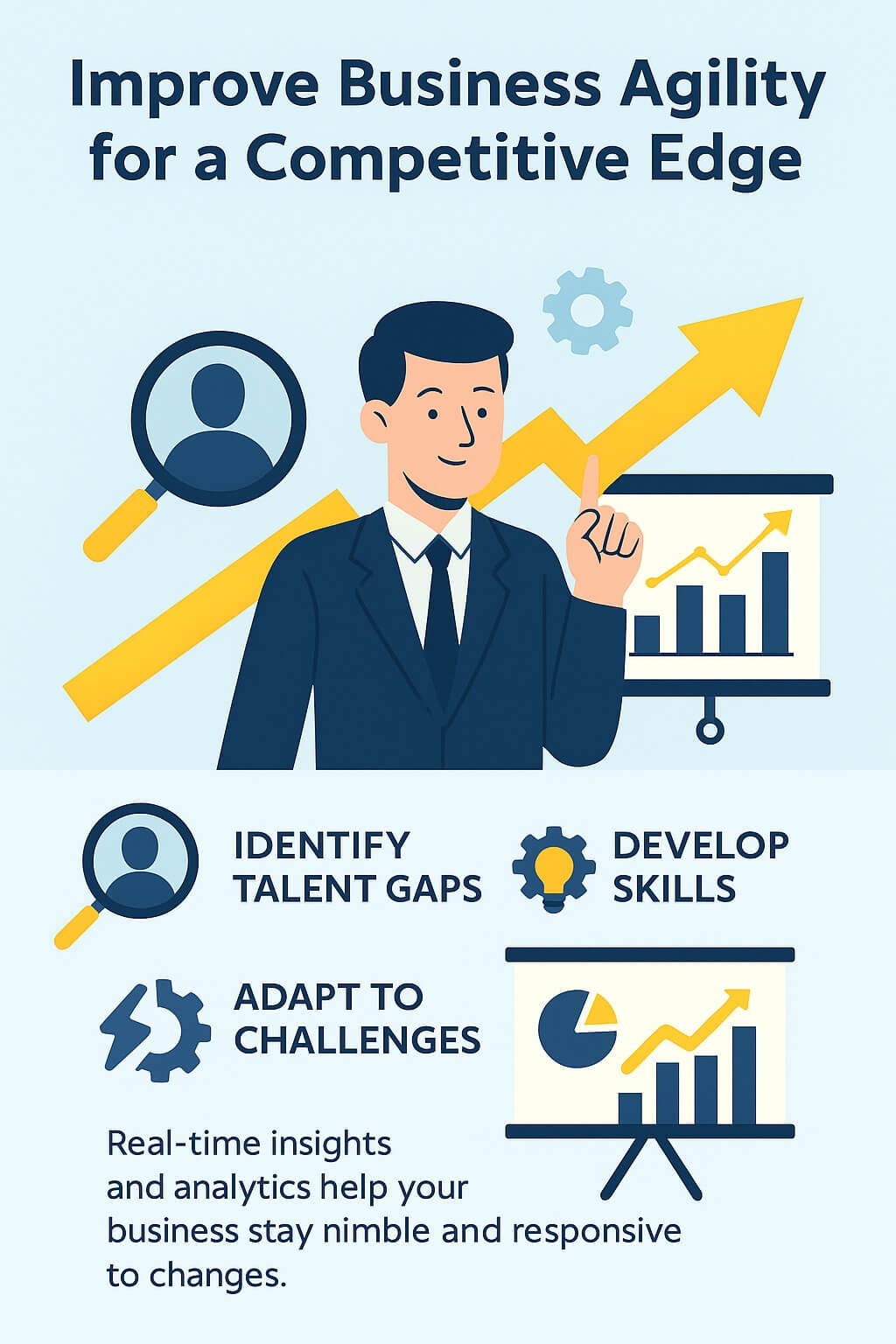
Why HRMS Software Is Your Business’s Secret Weapon
In today’s cutthroat business environment, HRMS software is a must-have for staying competitive. It transforms clunky, error-prone HR tasks into streamlined, efficient processes, saving time and money while boosting employee satisfaction. From revolutionizing recruitment and onboarding to ensuring compliance, securing data, and simplifying payroll, HRMS delivers a wealth of benefits. Its real-time analytics empower smarter decision-making, giving your business the agility to thrive in a changing world.
Ready to transform your HR operations? Explore HRMS platforms like Gusto, Workday, or BambooHR to find the right fit for your needs. By adopting HRMS software, you’re not just upgrading your HR department—you’re setting your business up for long-term success. Start today, and watch your efficiency and employee happiness soar!
